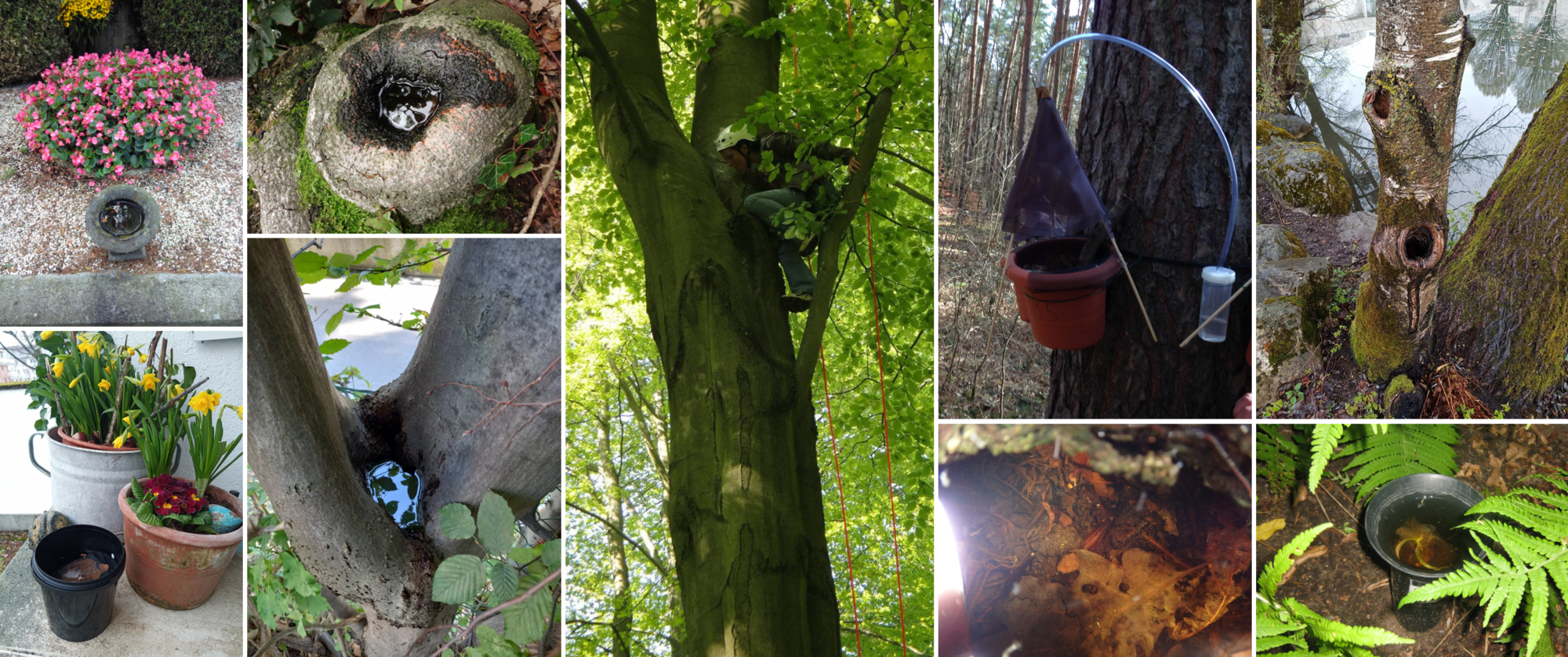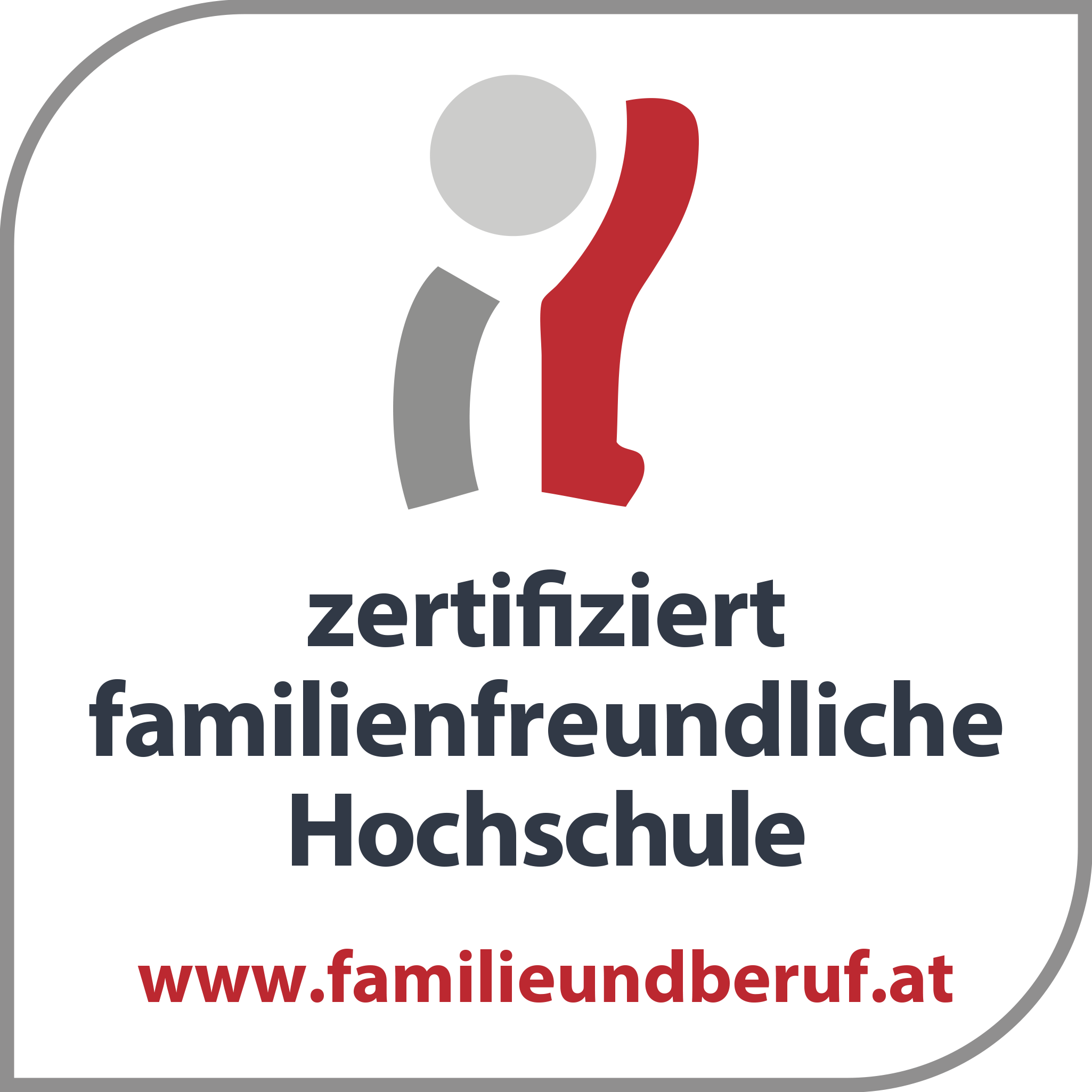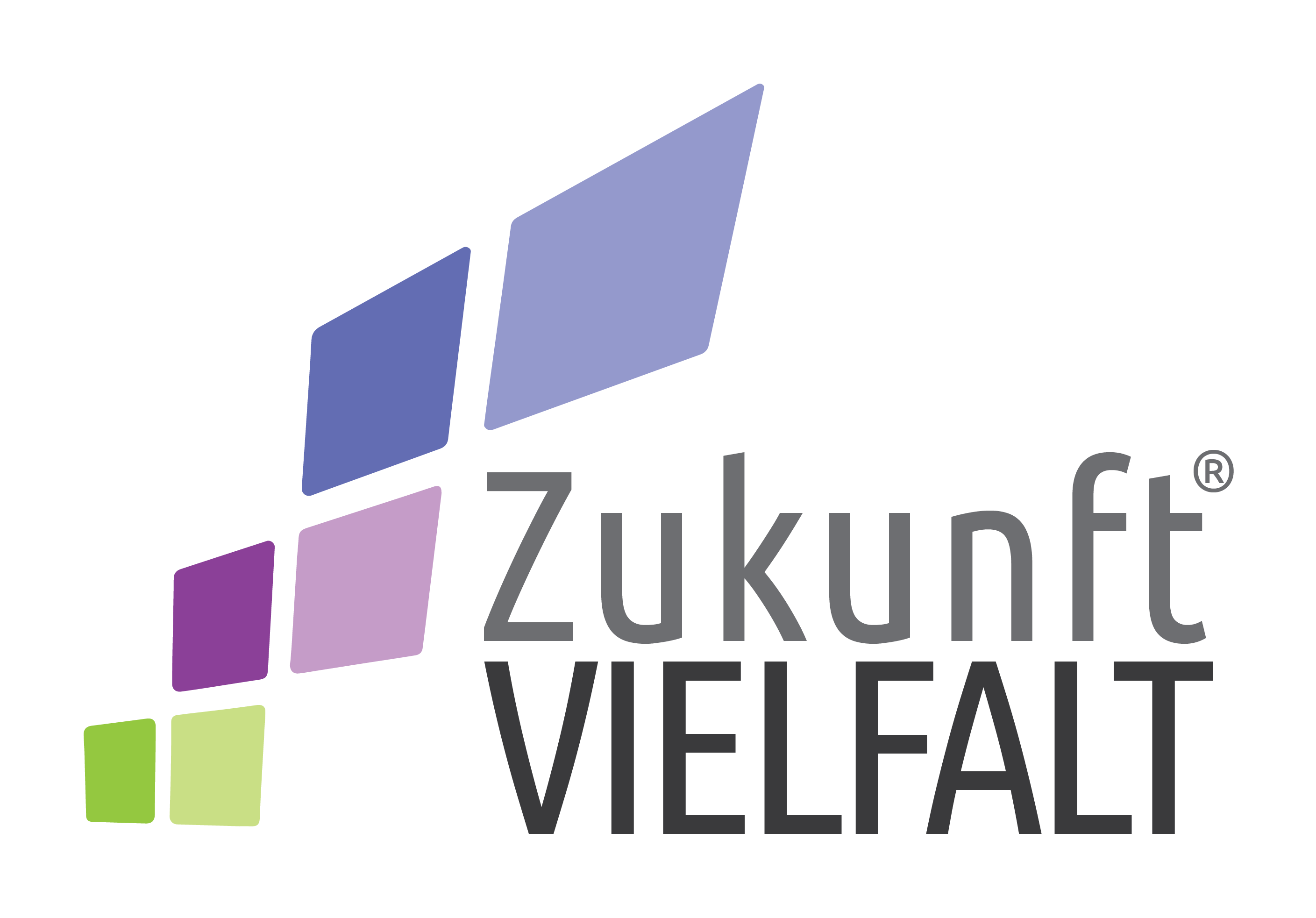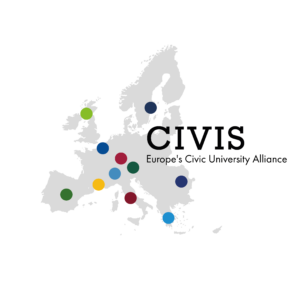Tree holes

We investigate waterfilled tree holes and their inhabiting fauna as a further multitrophic metacommunity system with focus on anthropogenic influence, e.g. urbanization (see Urban tree holes) and forest management (see Biodiversity exploratories, Connect Plus).




